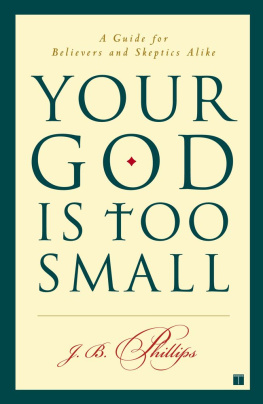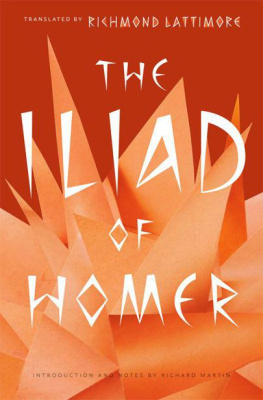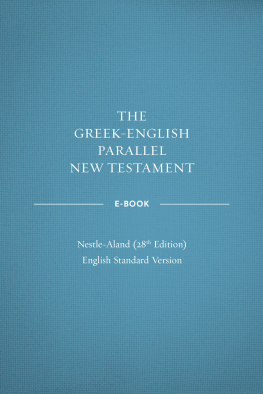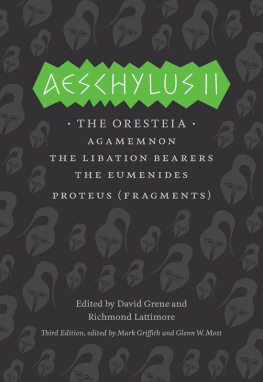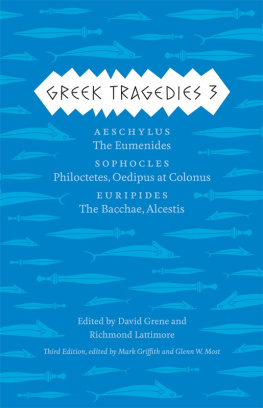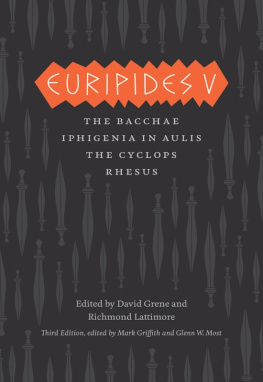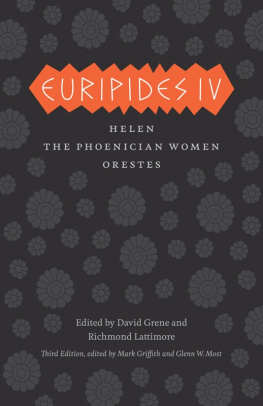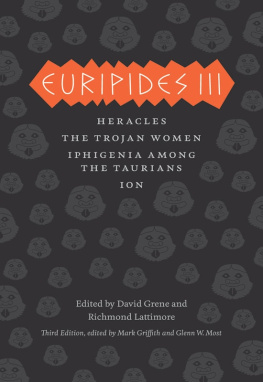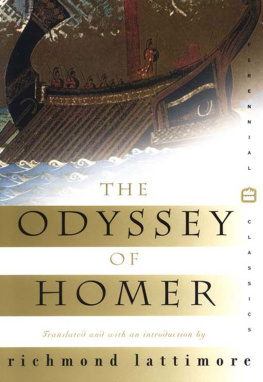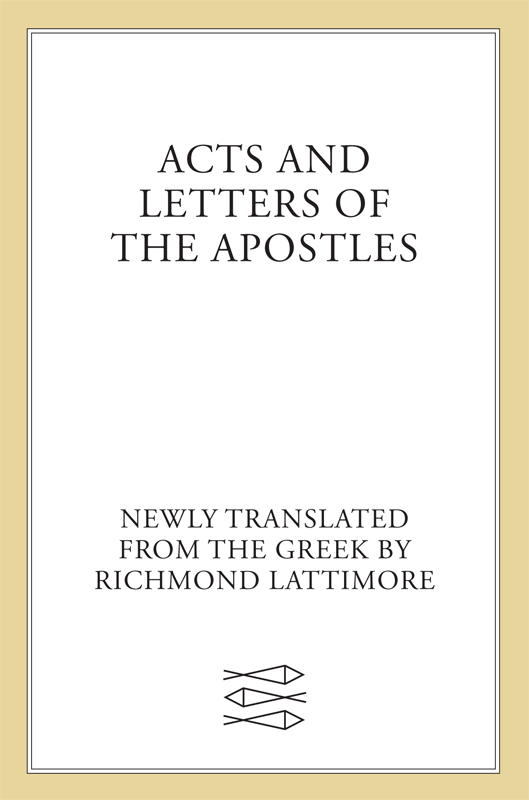Contents
Guide

The author and publisher have provided this e-book to you for your personal use only. You may not make this e-book publicly available in any way. Copyright infringement is against the law. If you believe the copy of this e-book you are reading infringes on the authors copyright, please notify the publisher at: us.macmillanusa.com/piracy.
Contents
The four gospels are followed in the New Testament by the Acts of the Apostles which, though far from being a complete account, is the earliest consecutive story of early Christianity that we have. It can be regarded as a continuation of The Gospel According to Luke. This is implied in the opening sentence, addressed, as is the Gospel, to Theophilus; and there is little or no doubt among scholars that the author is the Luke of the Gospel.
Acts begins with the ascension of Jesus Christ to heaven and the formation of the church in Jerusalem. From there, Christianity is preached abroad by various ministers. In the early part of the story the dominant figure is Saint Peter. The second half of the work, however, becomes almost exclusively the tale of Saint Paul: his missions to the Greek cities of the Roman Empire (the Gentiles), the oppositions he encountered, his arrest in Jerusalem, and his arrival in Rome. Not long after that arrival, Luke somewhat abruptly (as it seems to me) ends his story. Paul spent some time as a prisoner in Rome. He is usually thought to have been martyred during the persecutions of Christians when Nero was Emperor, perhaps in A.D . 64, or on an individual charge before that, but the evidence is not conclusive.
Acts is usually dated with and immediately after Luke, about A.D . 85. That would put it considerably later than Pauls own writings. Still, it is useful to read it first, so as to have a more or less continuous background for Pauls letters.
These, the Epistles of Paul as they are canonically called, are his letters to various Christian communities or churches. They sometimes address themselves to particular problems, but also set forth, again and again, Pauls own theological doctrines and his principles for Christian behavior. There are also four letters to individuals.
For the letters of Paul I have followed a traditional order, but a better sense of time would be gained by reading them in some such order as this: First, letters written before the journey to Rome: First and Second Thessalonians, Galatians, First and Second Corinthians, Romans; and then the letters from Rome: Colossians (with Philemon, to a member of that community), Ephesians, and Philippians.
The two letters to Timothy and the one to Titus are commonly grouped together and known as the Pastoral Letters. Timothy and Titus are well known as associates of Paul, and the letters bear his characteristic self-identification at the beginning. But their authenticity has been seriously questioned. The style and language differ in places from what is characteristic of Pauls other writing, while the three do resemble one another in those respects. First Timothy and Titus speak of the institution of bishops and elders, which seems to point to a later stage in the development of the Church.
The Letter to the Hebrews is included with the letters of Paul, but the name of Paul does not appear in the text. There have been many speculations about date and authorship, but no final answer (except, perhaps, that it is not by Paul).
Next comes the group known as The General Letters (or Catholic Epistles, Epistoloi Katholikoi ). The name signifies that they are addressed (most of them at least) to the whole Christian community rather than to separate churches, as Pauls letters were. The Letter of James is believed by some to be the work of James the brother of Jesus Christ, one of the chief men in the original church in Jerusalem. The First Letter of Peter is often credited to the great apostle himself. Not so The Second Letter of Peter, which has close affinities with The Letter of Jude. This, in turn, may just possibly be from the hand of the Jude (Judah, Judas) who was also a brother of Jesus Christ. As for the three letters ascribed to John, the second two are brief real letters apparently by the same writer. The First Letter of John, though it, too, may be by the same author, is quite different. It is a tract or homily, which shows strong resemblances to the Fourth Gospel, and is thought by some to be the work of the same John. Not one of these attributions can be called certain.
The Revelation of John concludes the New Testament. I published my translation of this along with The Four Gospels.
In general, I have translated Acts and Letters as a companion piece to The Four Gospels, following the same principle of trying to let the authors of the Greek speak for themselves in English. In the case of Saint Paul, that has not always been so easy.
I have also made far greater use of the great dictionary which can be cited, briefly, as W. F. Arndt and F. W. Gingrich (and now F. W. Danker), A Greek-English Lexicon of the New Testament and other Early Christian Literature, 2nd edition (Chicago and London: University of Chicago Press, 1958).
The first book I wrote, O Theophilus, was about all the acts and teachings of Jesus until that day when, after giving instructions through the Holy Spirit to the apostles whom he had chosen, he was taken aloft. It was to these that he showed himself after his ordeal with many proofs that he was alive, and for forty days he would appear to them and tell them about the Kingdom of God. And while he was staying with them he told them not to remove from Jerusalem, but said: Await my fathers promise which you have heard of from me; because John baptized with water, but after not many days you will be baptized with the Holy Spirit. So those who were with him questioned him, saying: Lord, are you restoring the Kingdom of Israel in this time? He said to them: It is not yours to know the times and occasions which the Father has appointed by his own authority; but when the Holy Spirit comes upon you, you will be given power, and you will be my witnesses in Jerusalem and all Judaea and Samaria and as far as the end of the earth. When he had said this and as they watched he was raised aloft and a cloud hid him from their eyes. And as they stared into heaven where he went, behold, two men clothed in white stood near them and said: You men of Galilee, why do you stand there looking toward heaven? This same Jesus who was taken up from you to heaven will come back in the same way that you saw him going to heaven. Then they returned to Jerusalem from the hill which is called the Mount of Olives; it is near Jerusalem, a sabbaths walk away. And when they were indoors, they went to the upper story where they were staying. They were Peter and John and James and Andrew, Philip and Thomas, Bartholomew and Matthew, James the son of Alphaeus and Simon the zealot and Judas the son of James. All these together were devoting themselves to prayer, along with some women, and Mary the mother of Jesus, and his brothers.
On one of those days Peter stood up in the midst of the brothers. There was a crowd of about a hundred and twenty persons assembled. And Peter said: Men and brothers, the scripture was bound to be fulfilled which the Holy Spirit gave us as prophecy through the mouth of David, concerning Judas, who acted as guide for the men who seized Jesus. For he was numbered among us and had his share of this ministry. Judas bought a piece of property with the money he got for his crime, and there he fell on his face and burst open in the middle and all his bowels spilled out of him. This became known to all who live in Jerusalem, so that that property is called in their language Akeldamach, which means the Field of Blood. For it is written in the Book of Psalms: May his dwelling place be desolate, and may there be no one living in it; and again: Let someone else take over his office. Therefore, out of those men who were with us in all the time when the Lord Jesus came and went among us, beginning from his baptism by John until the day when he was taken aloft from us, out of all these men one should join us as witness to his resurrection. Then they put forward two men, Joseph called Barsabbas, who was surnamed Justus, and Matthias. Then they spoke, praying: Lord, you who know the hearts of all, show us which one of these two you have chosen to take the place in this ministry and mission which Judas forsook for his own place. And they gave them the lots, and the lot fell on Matthias, and he was added by vote to the eleven apostles.


